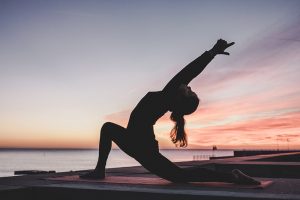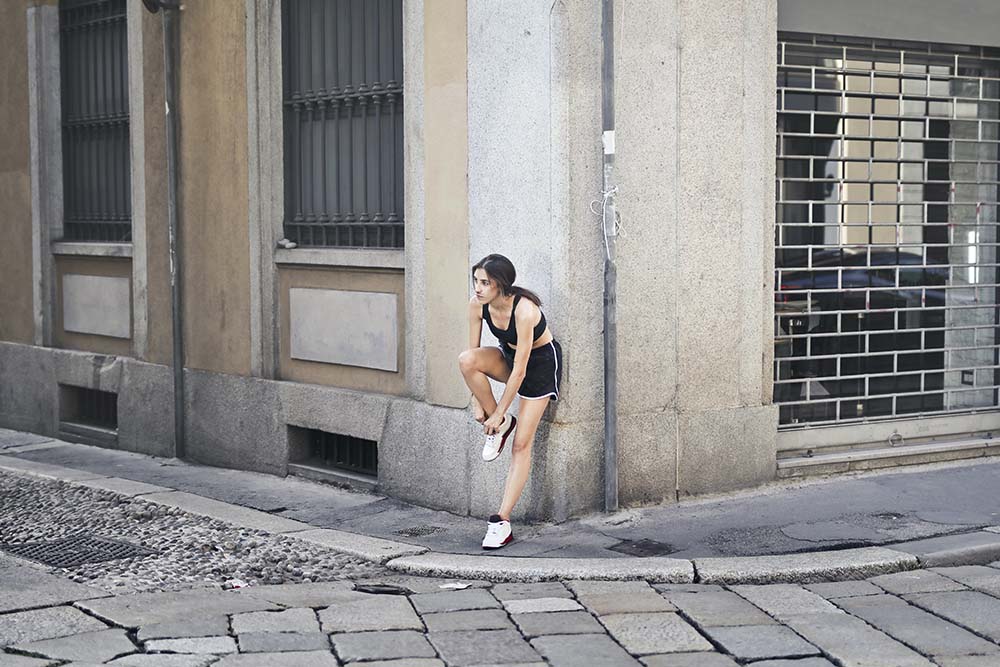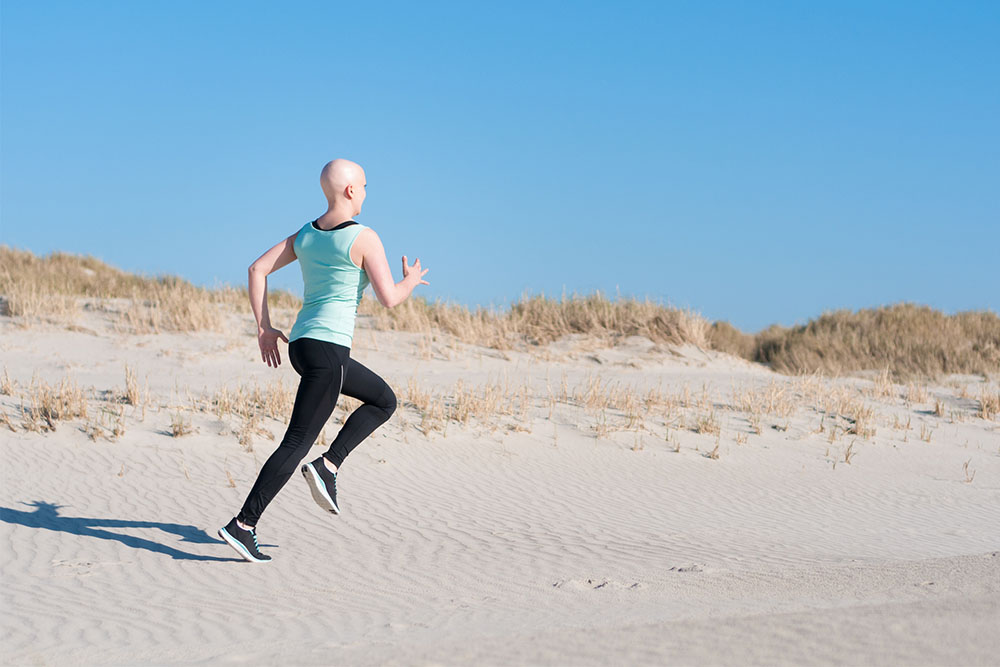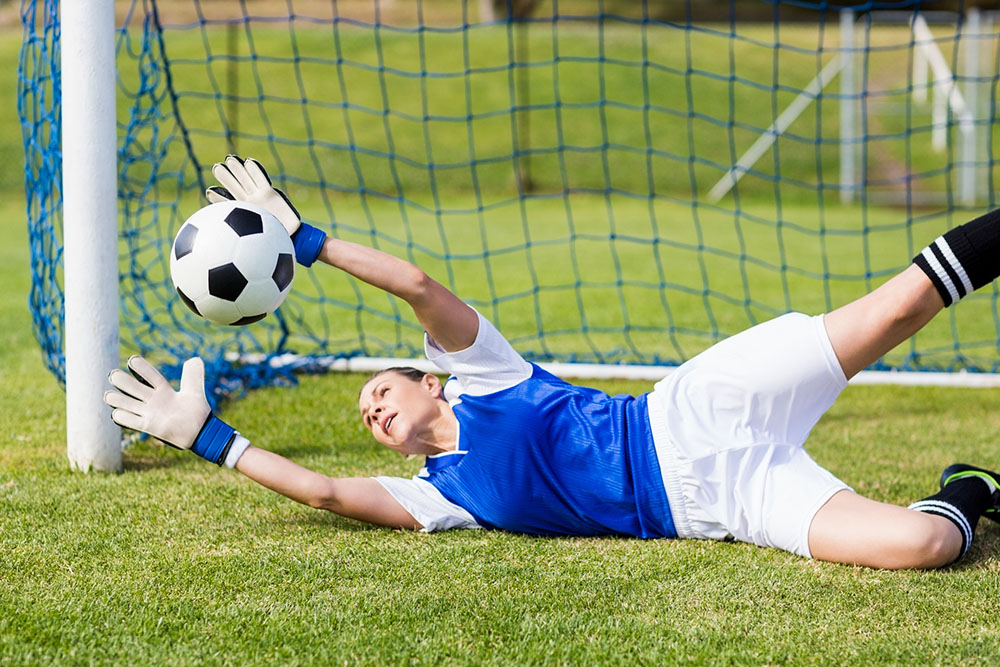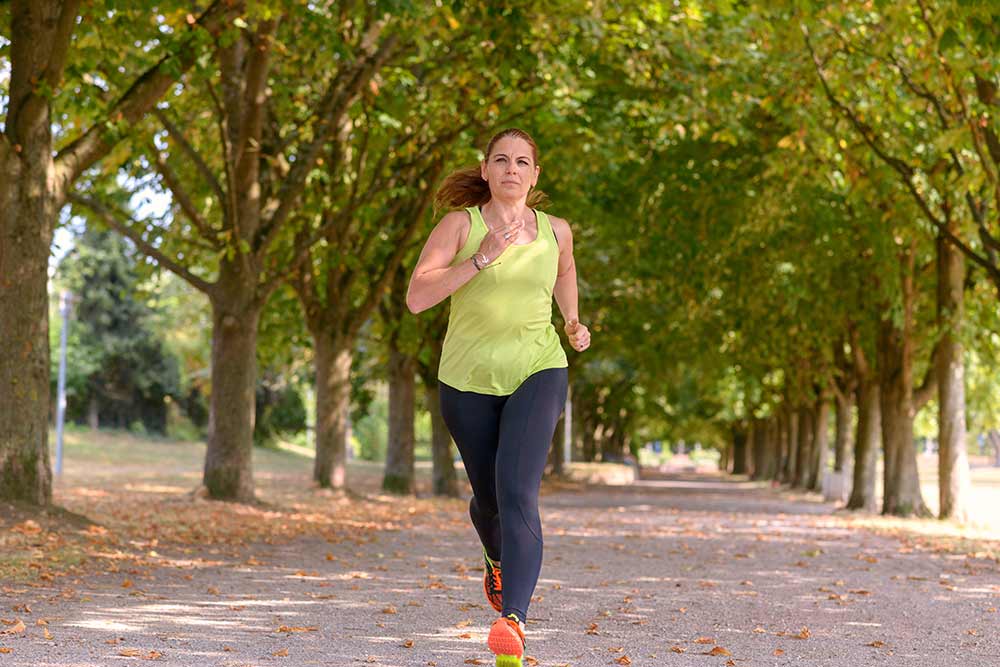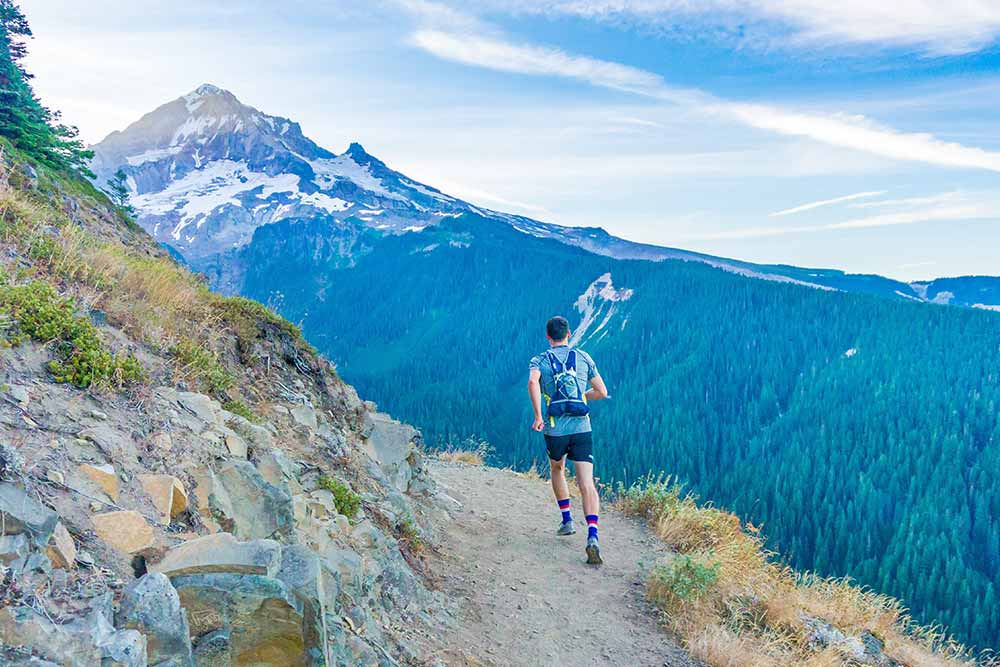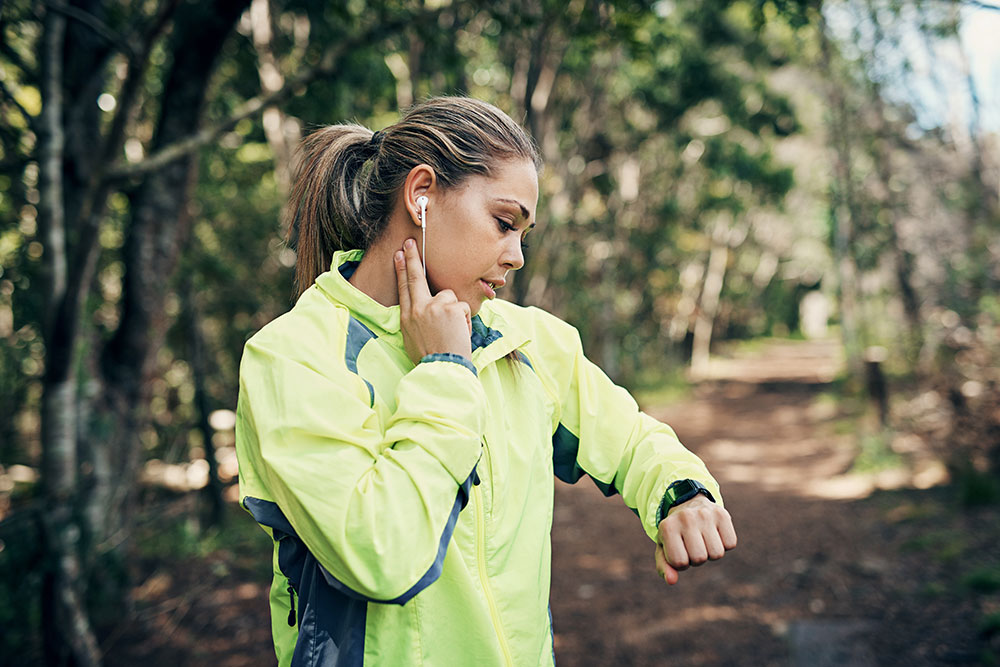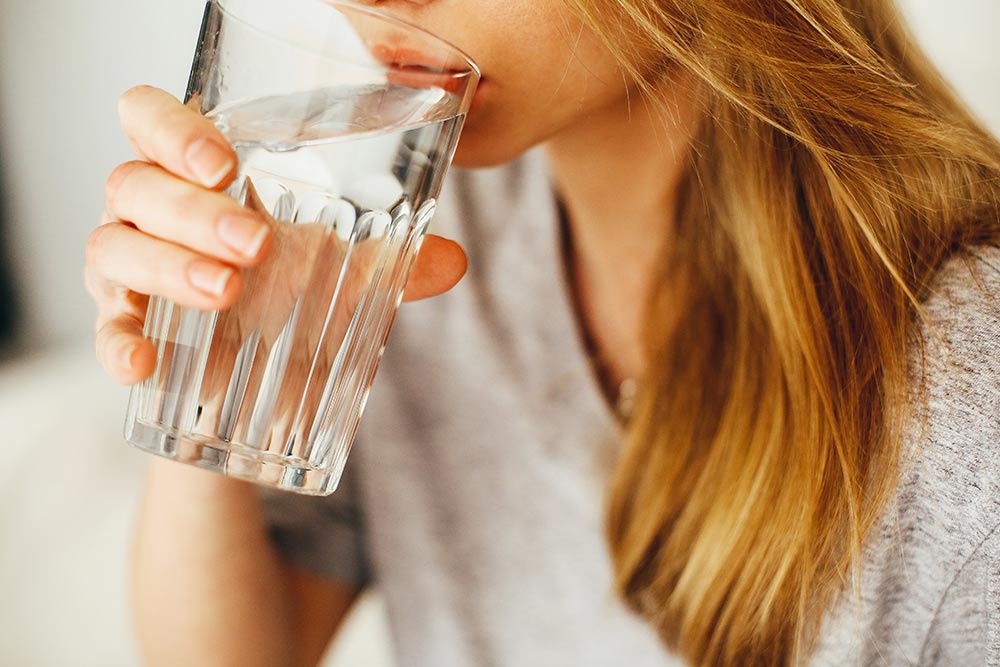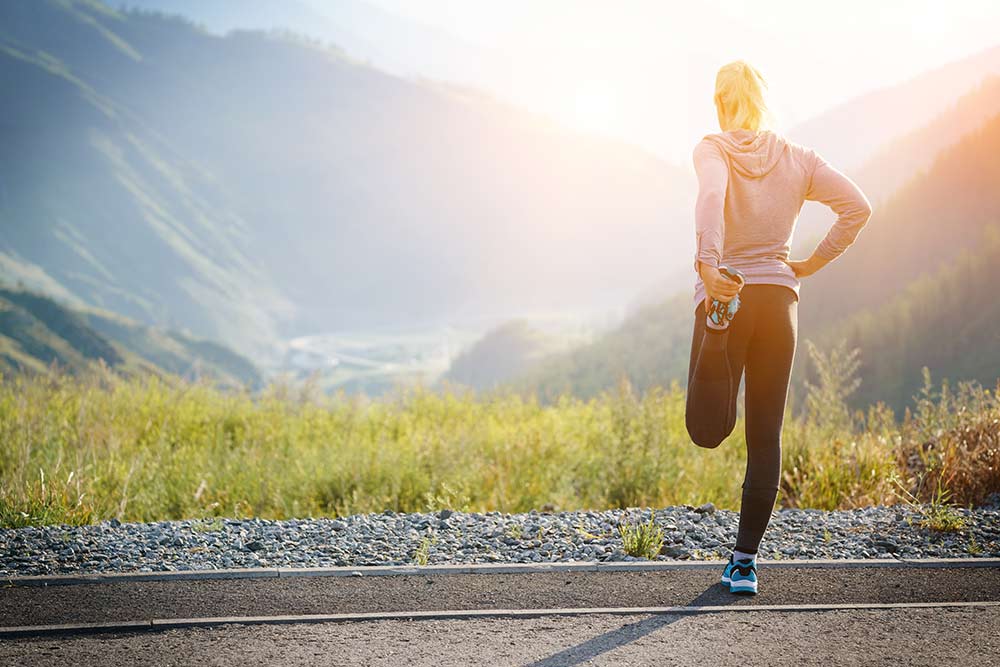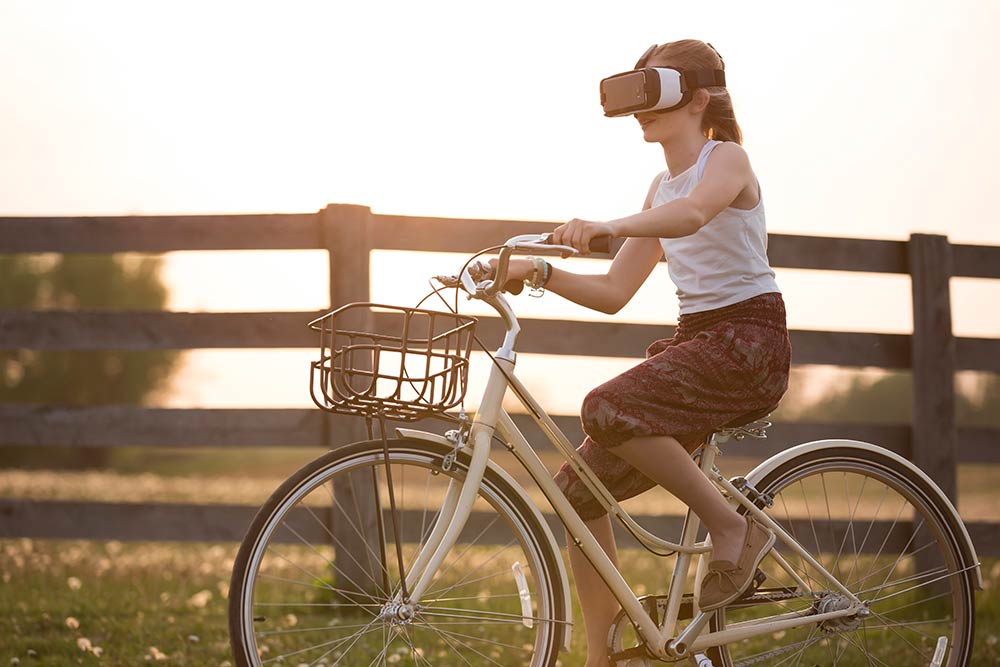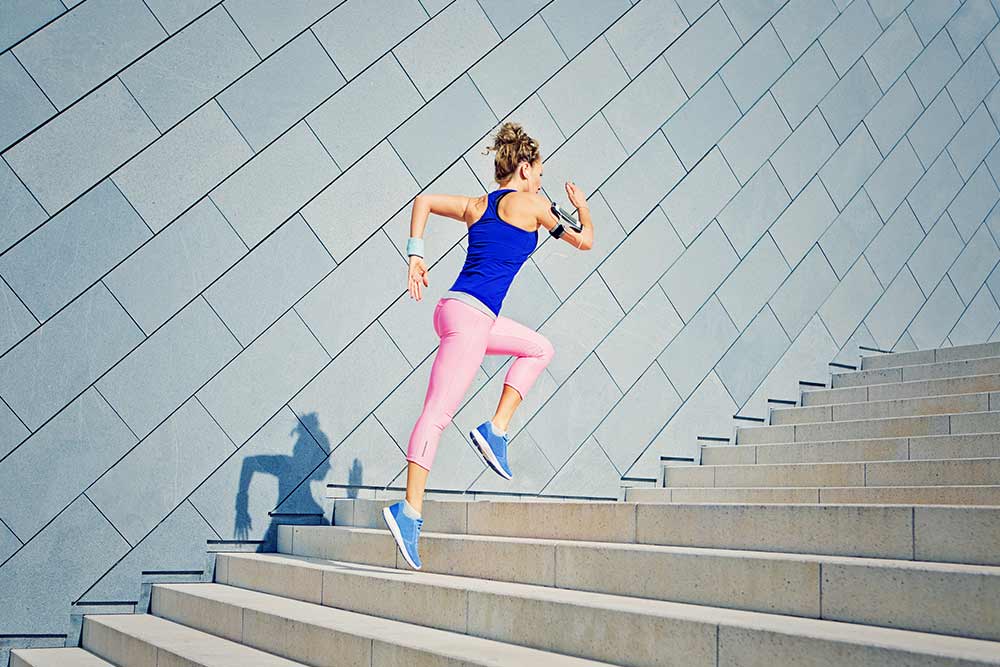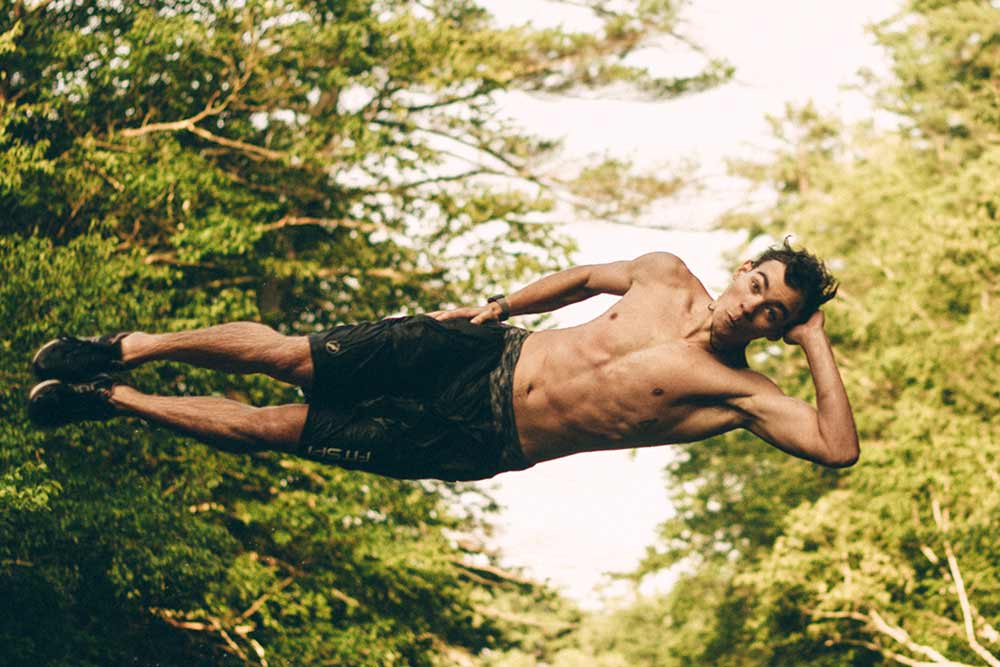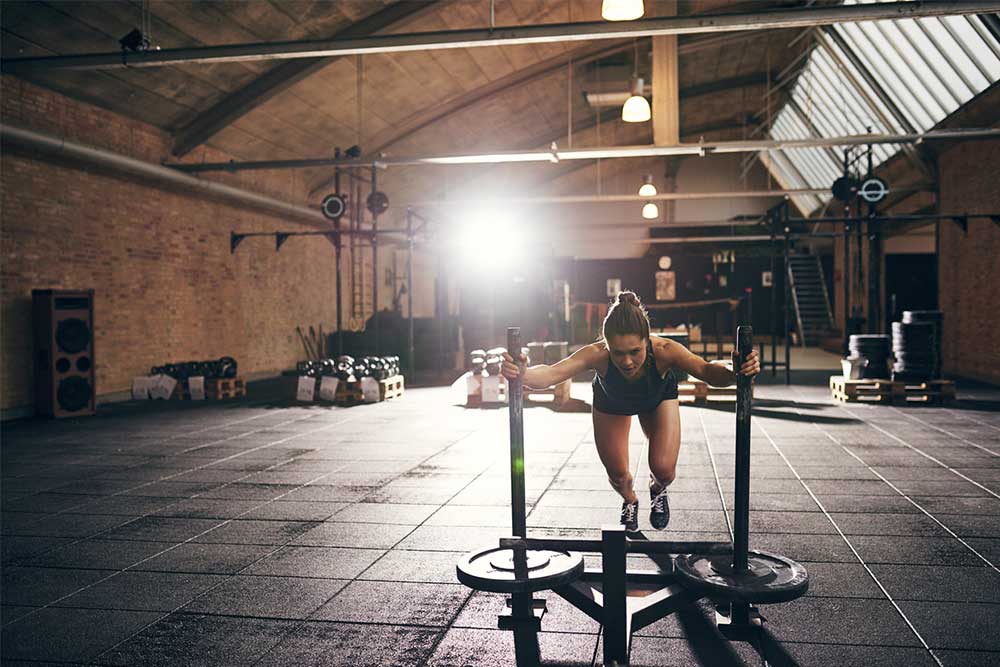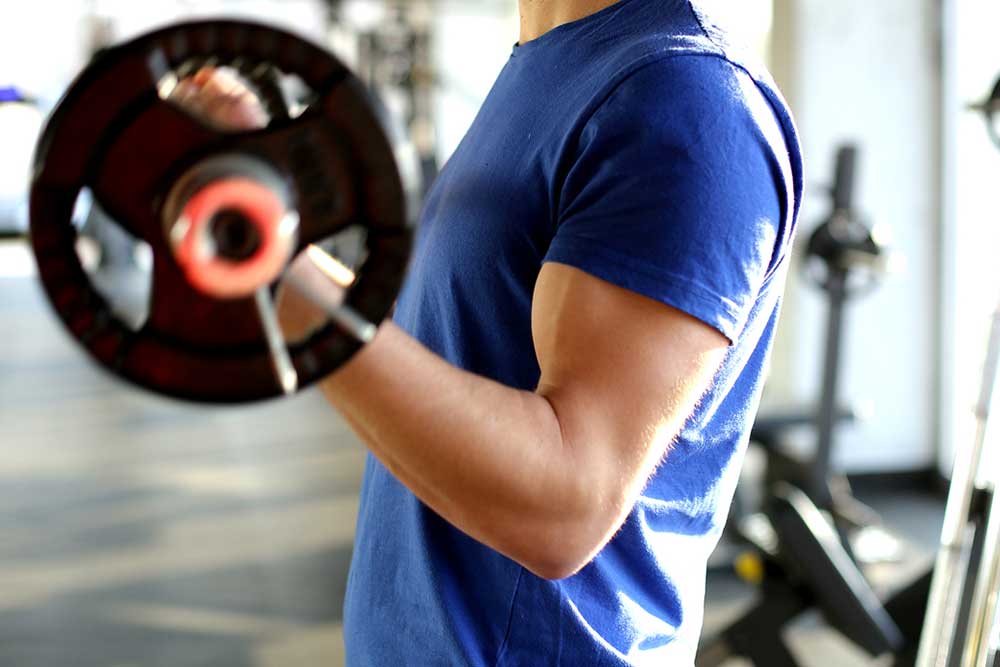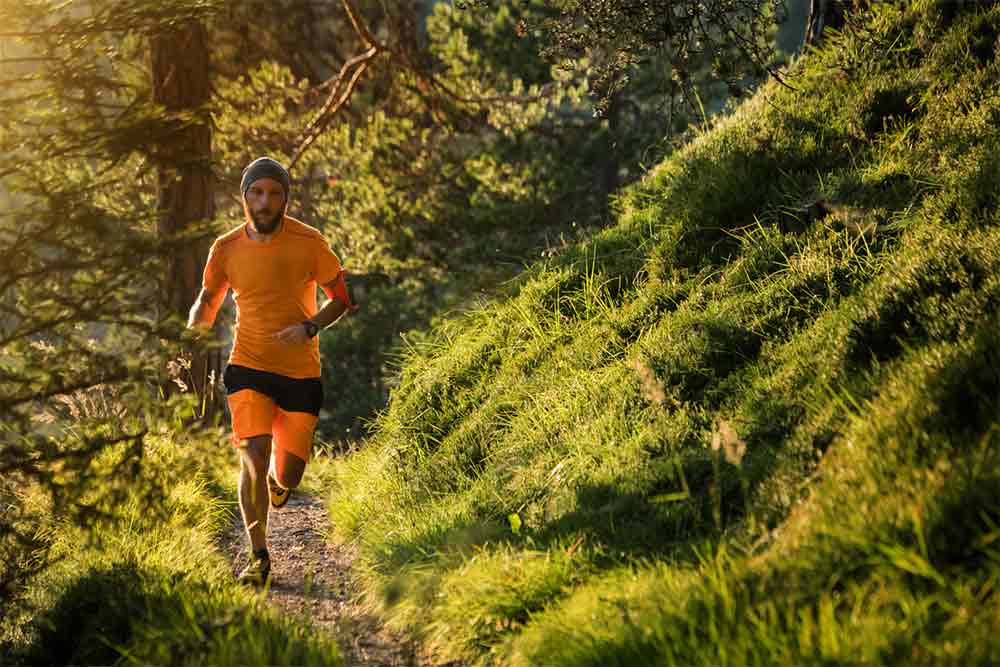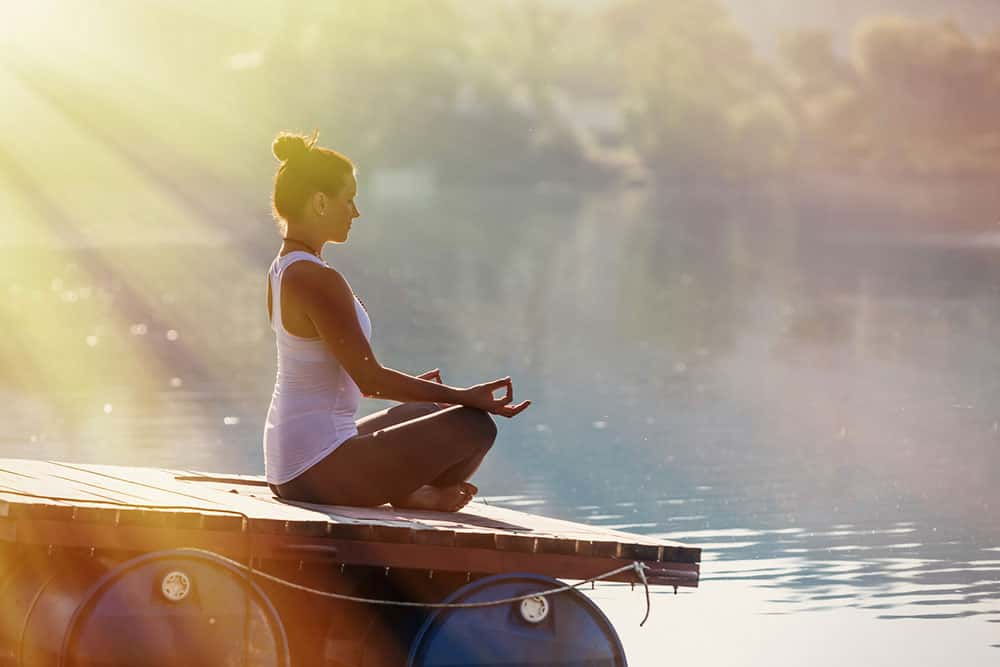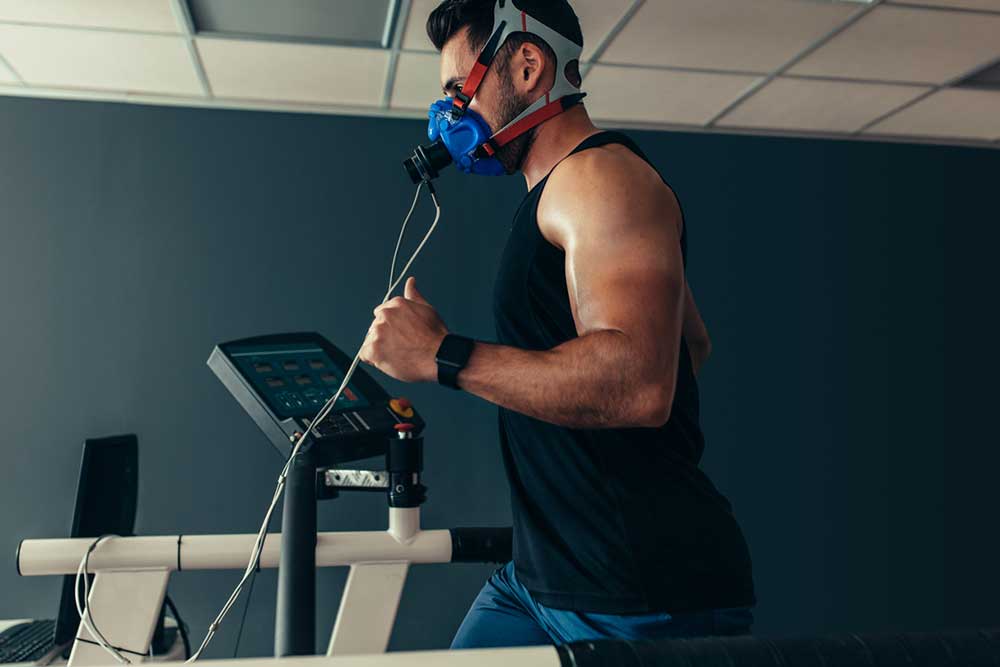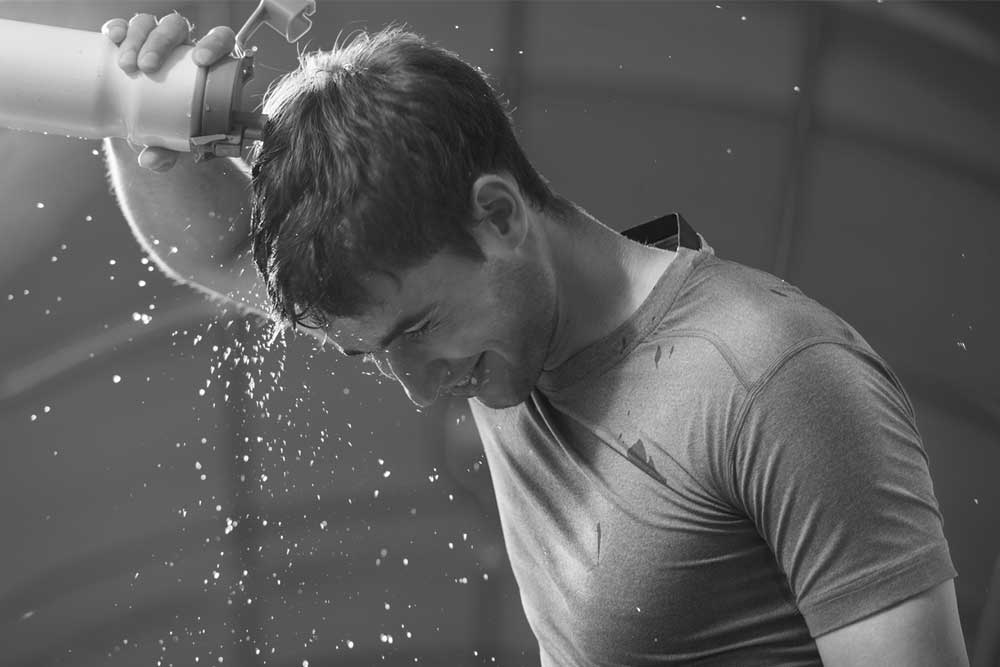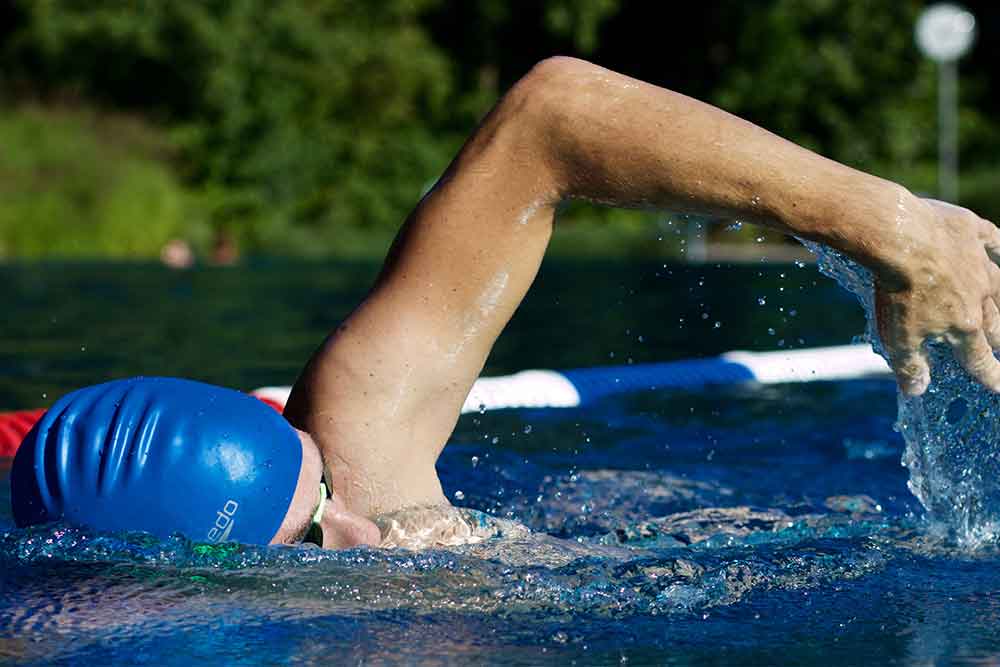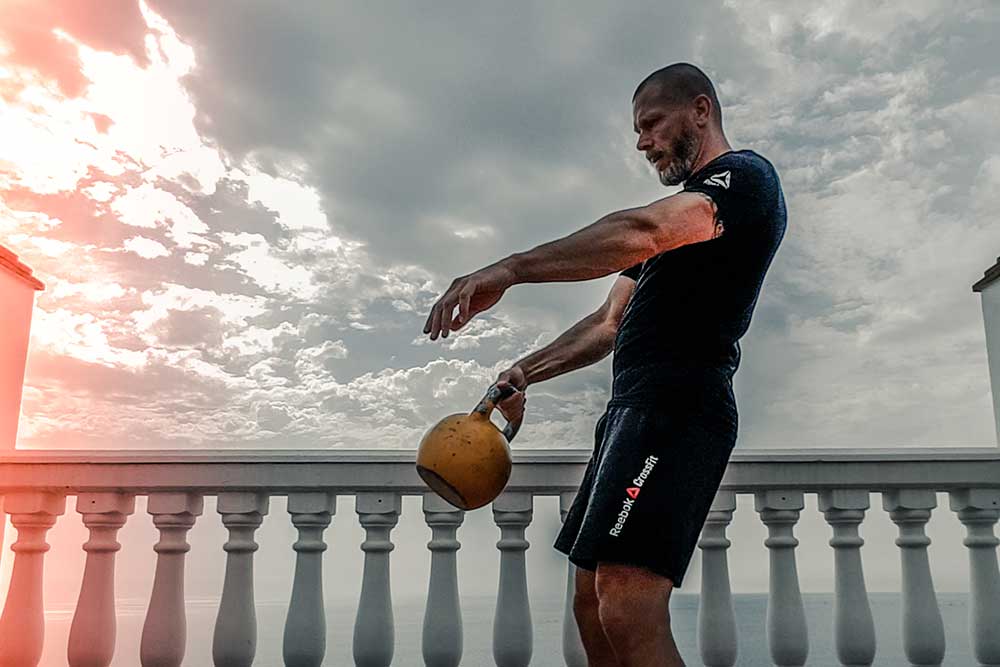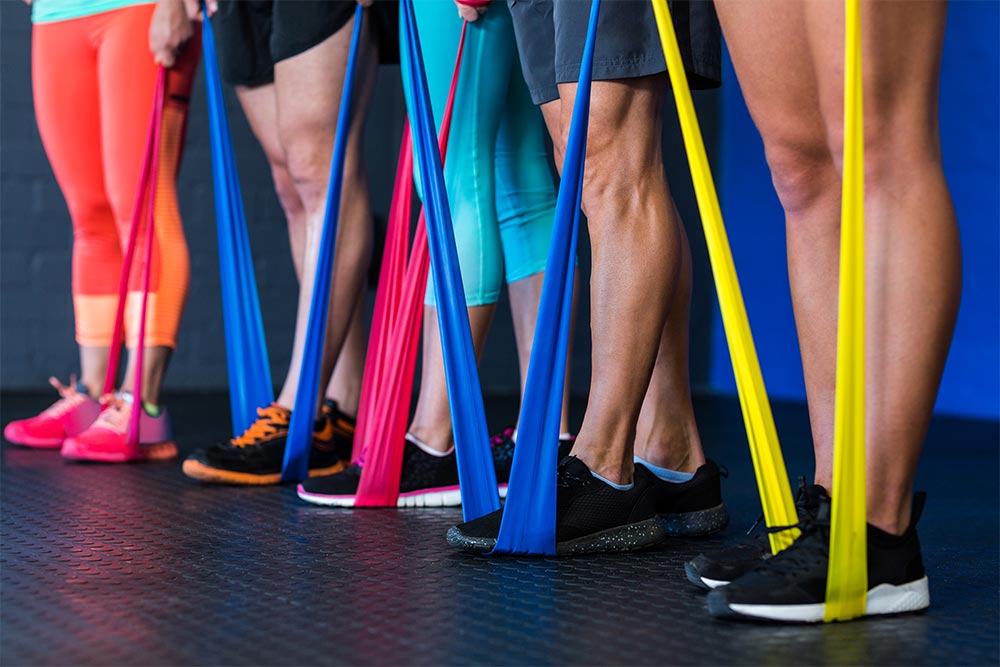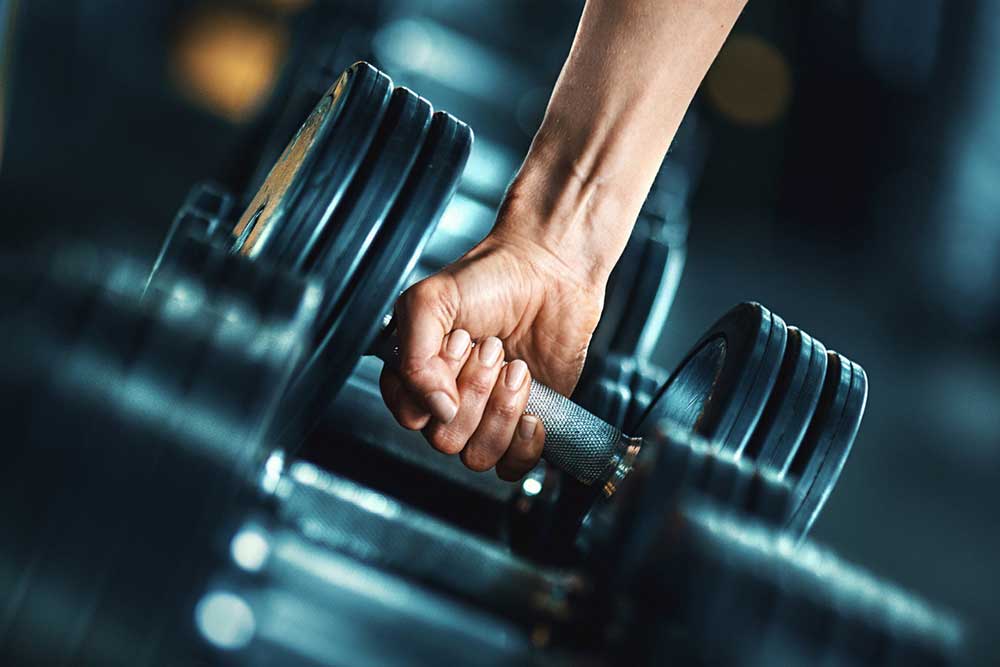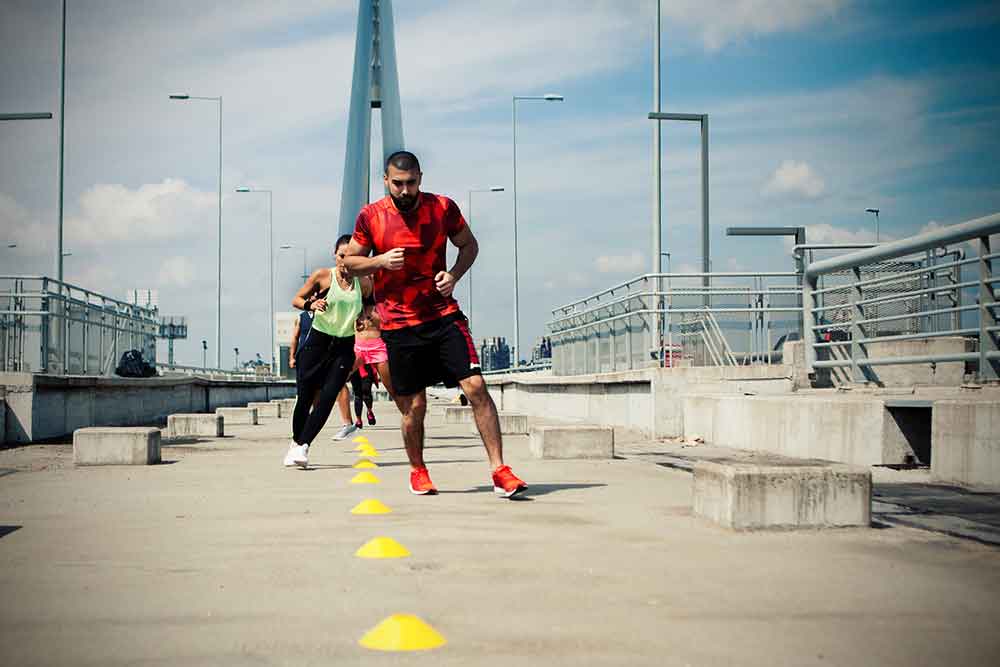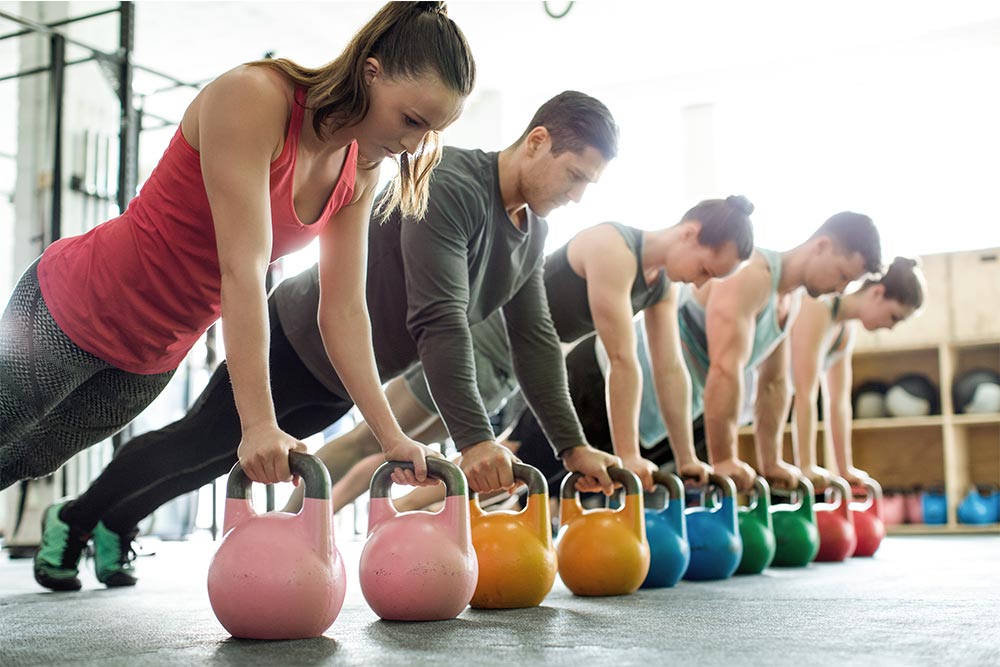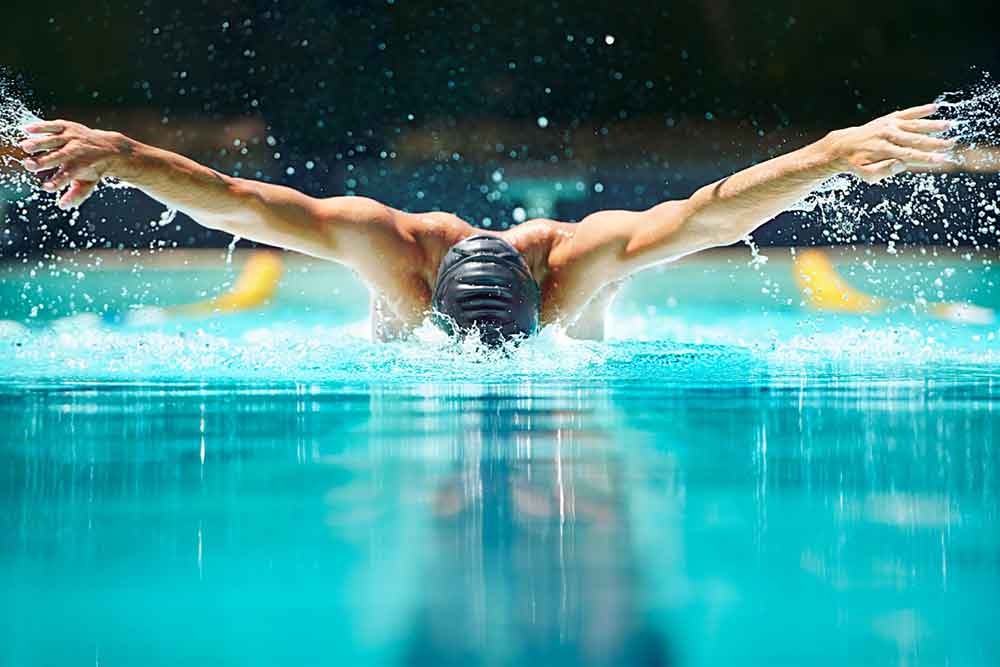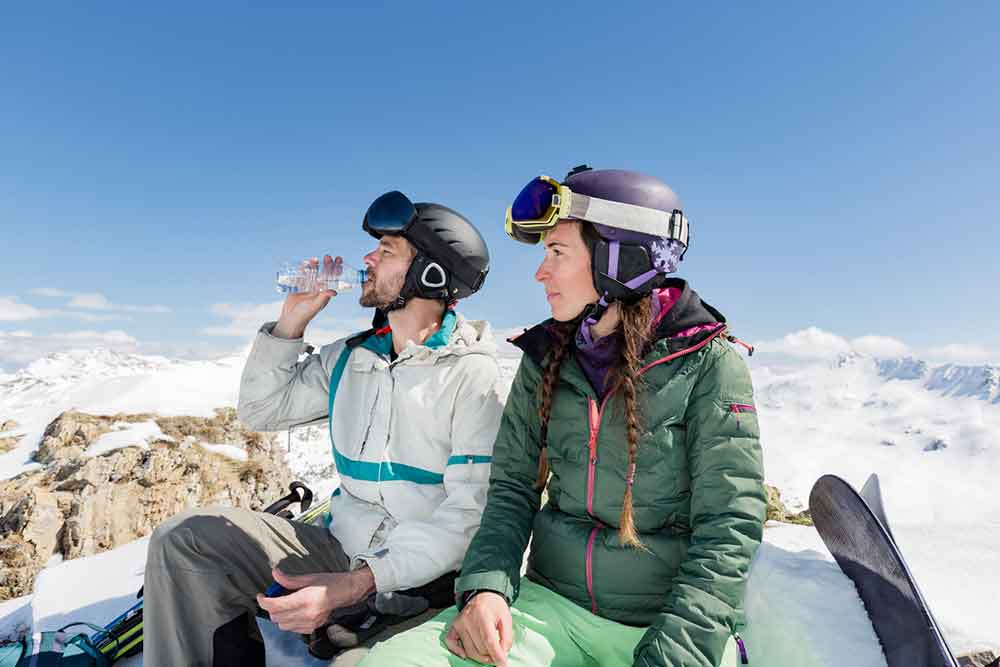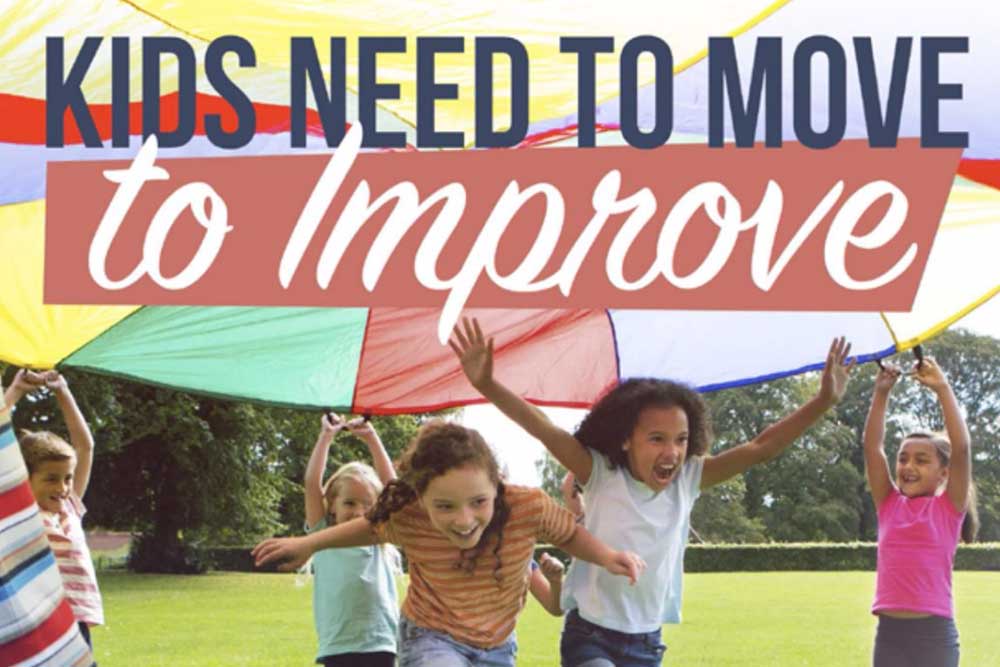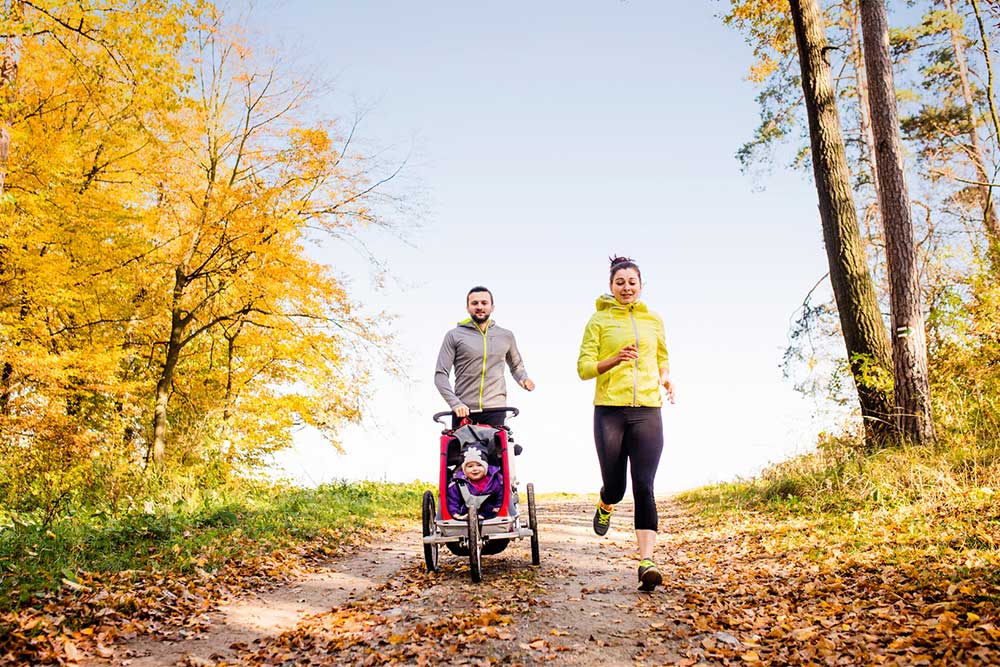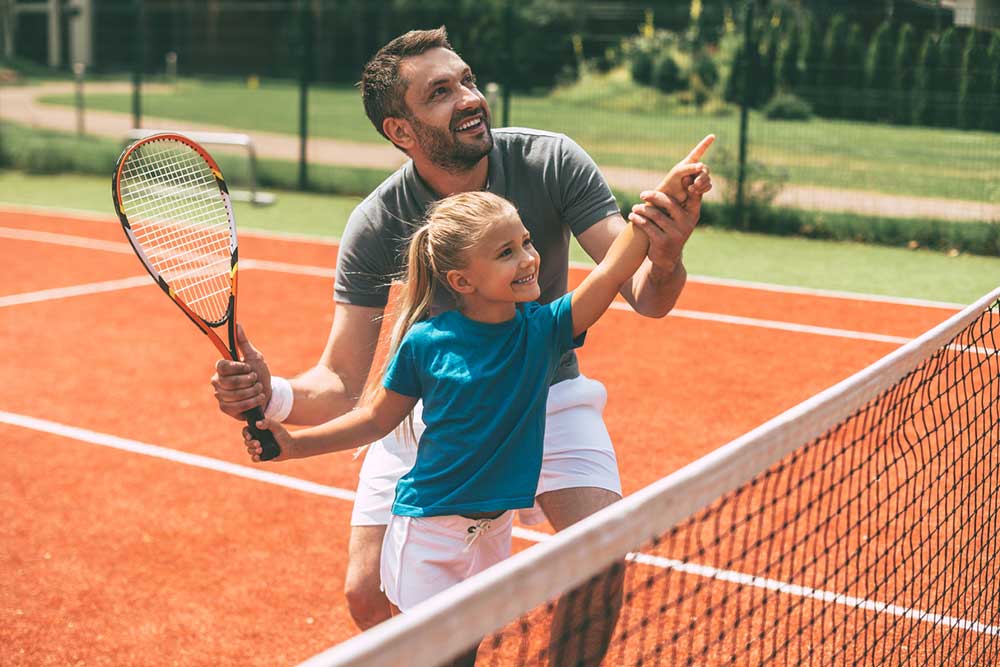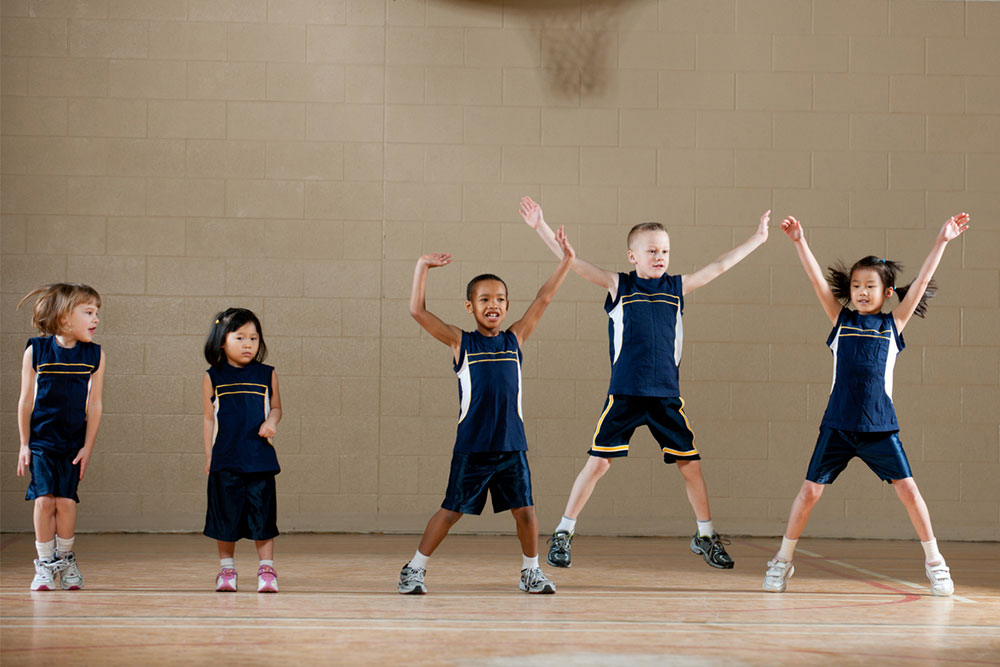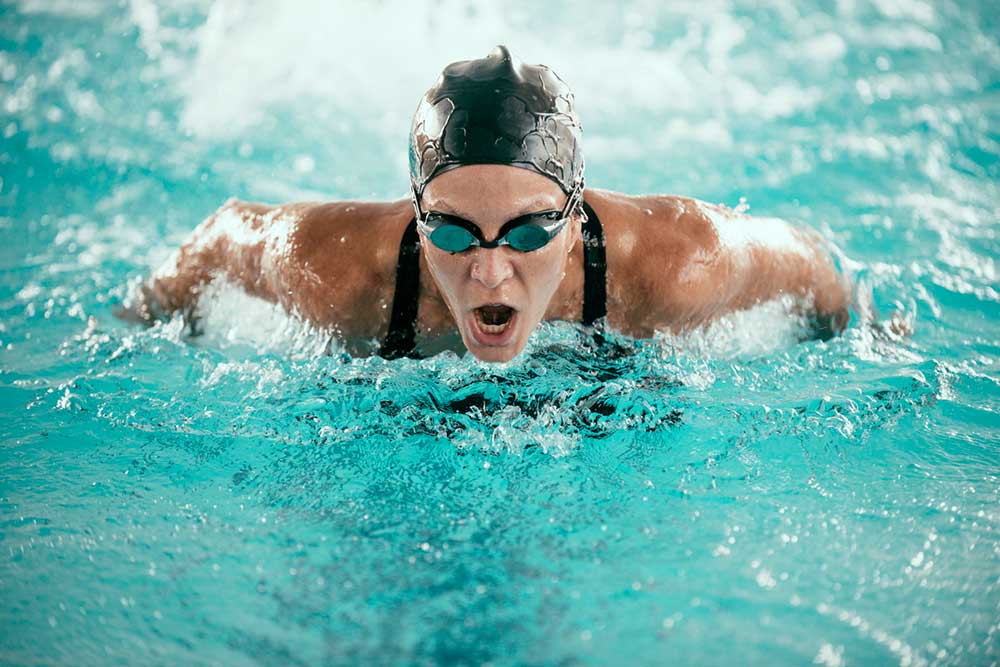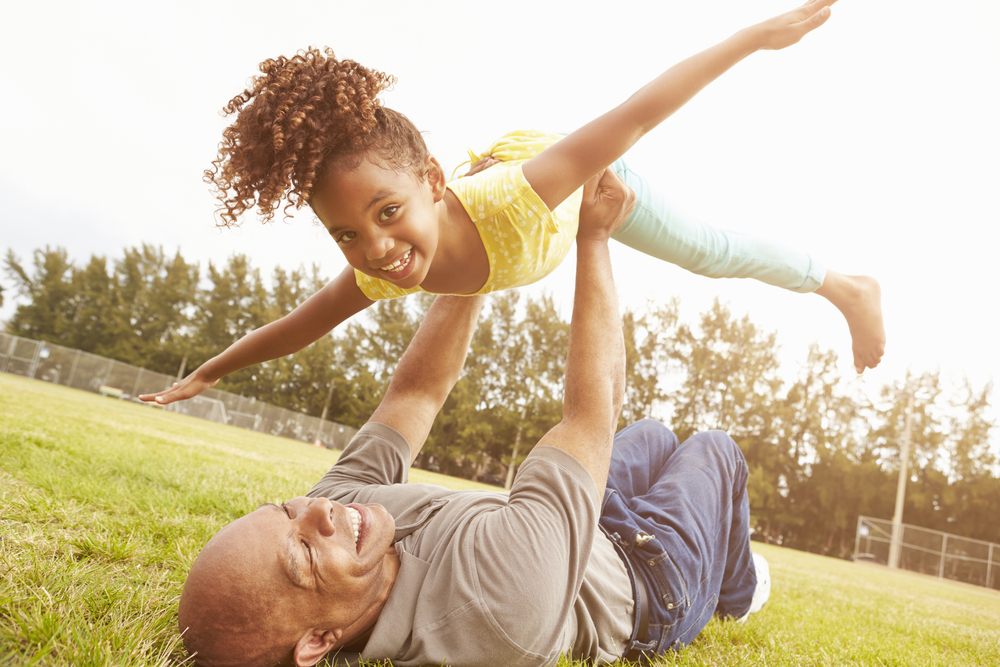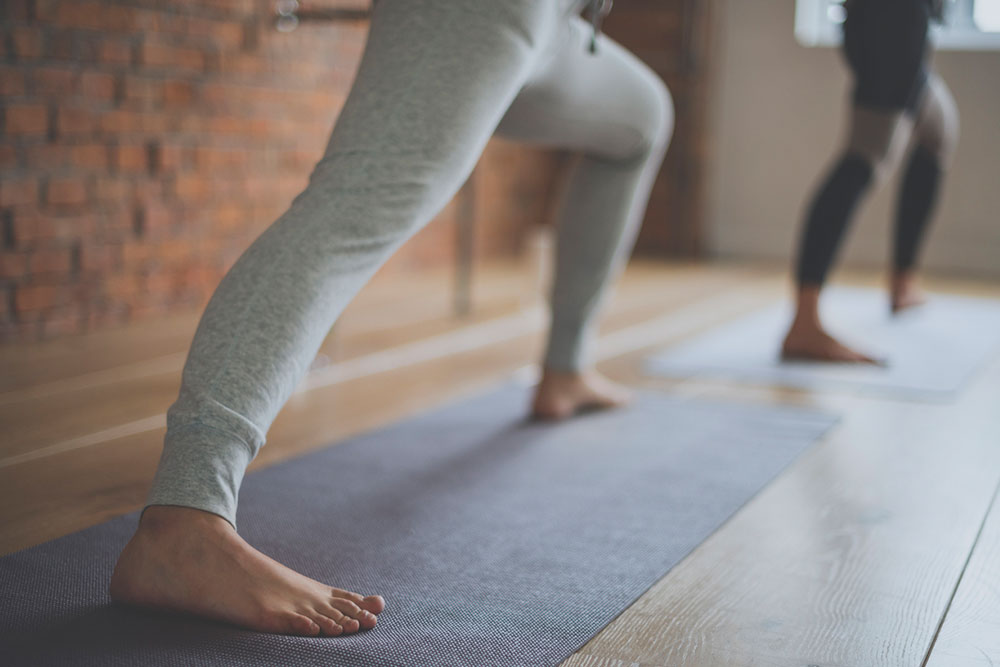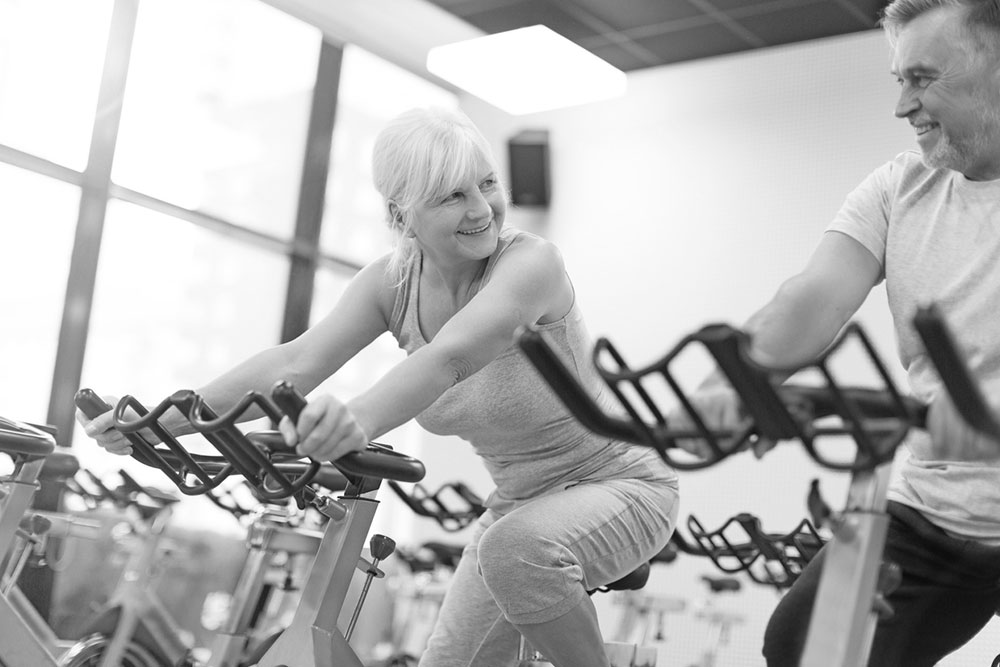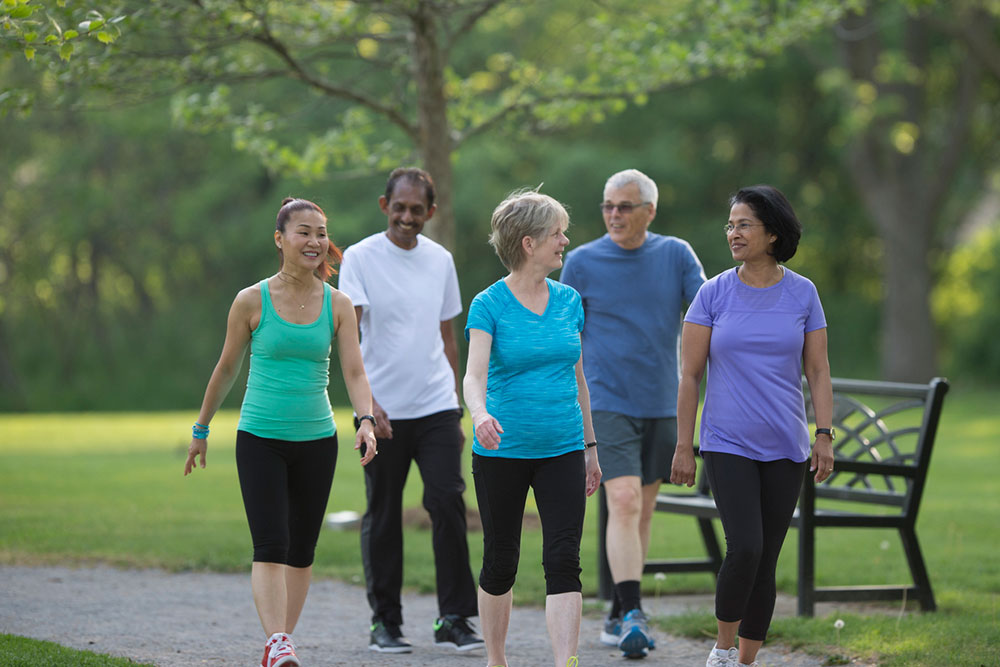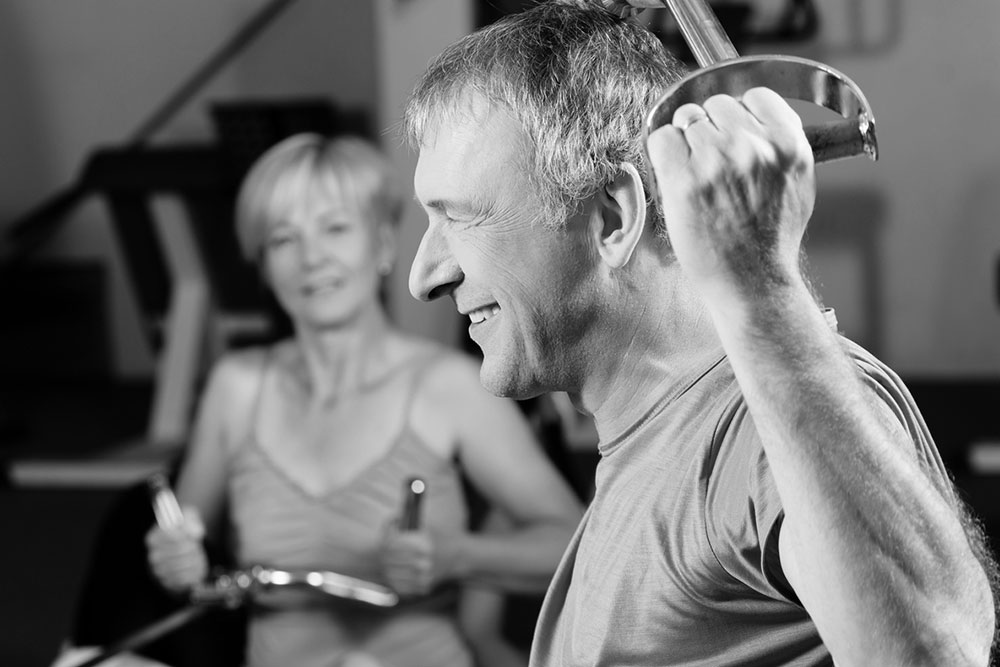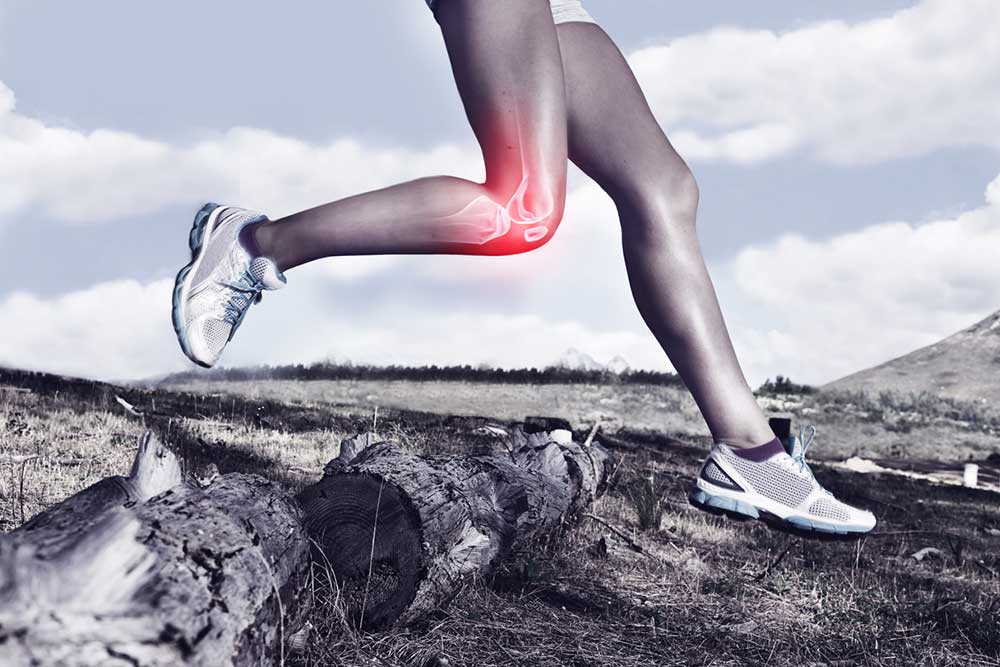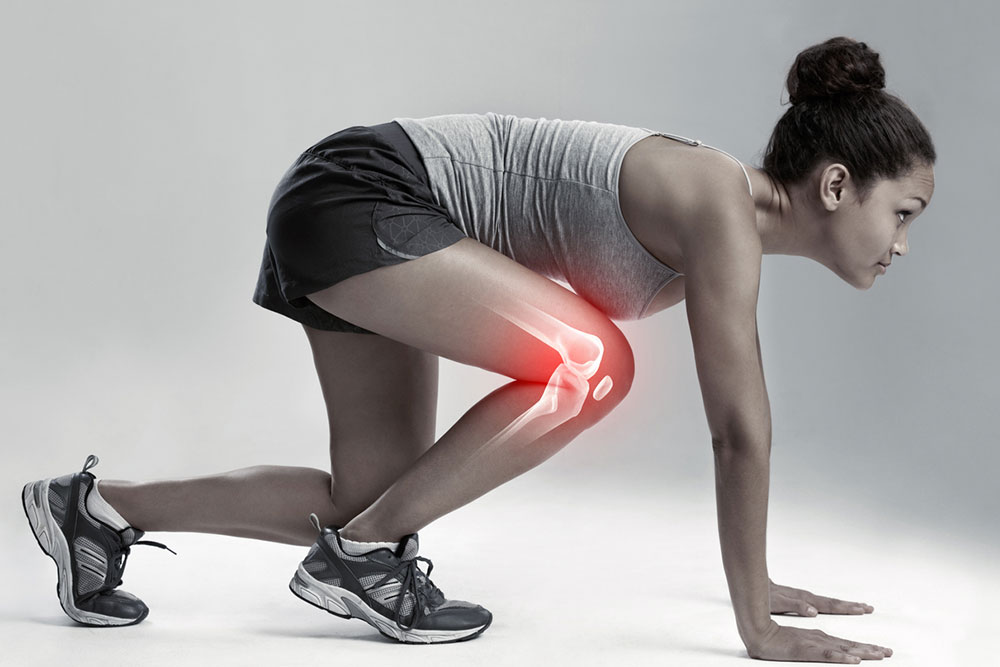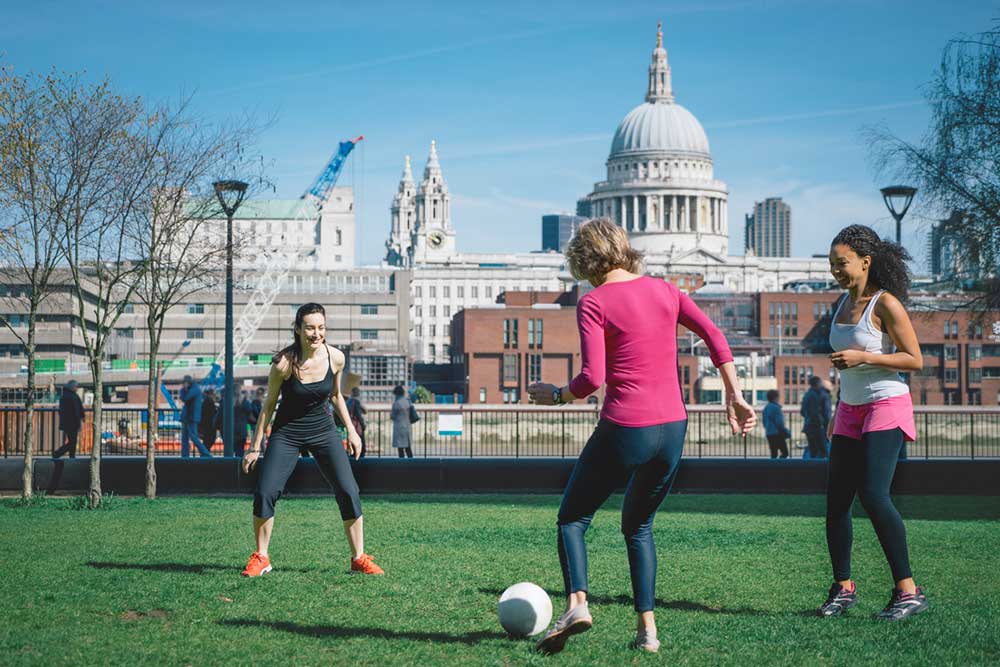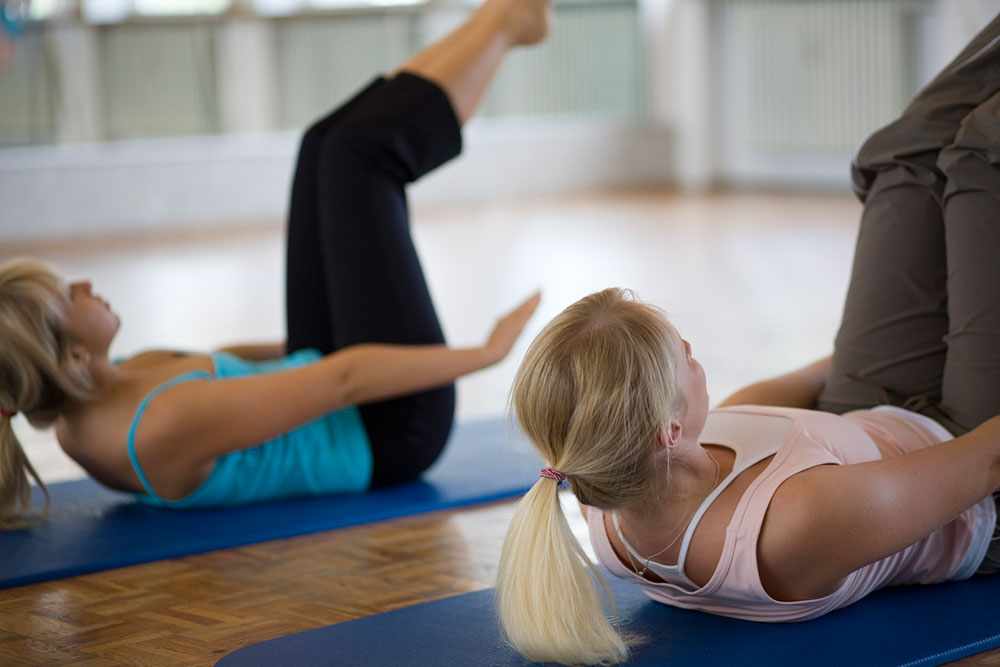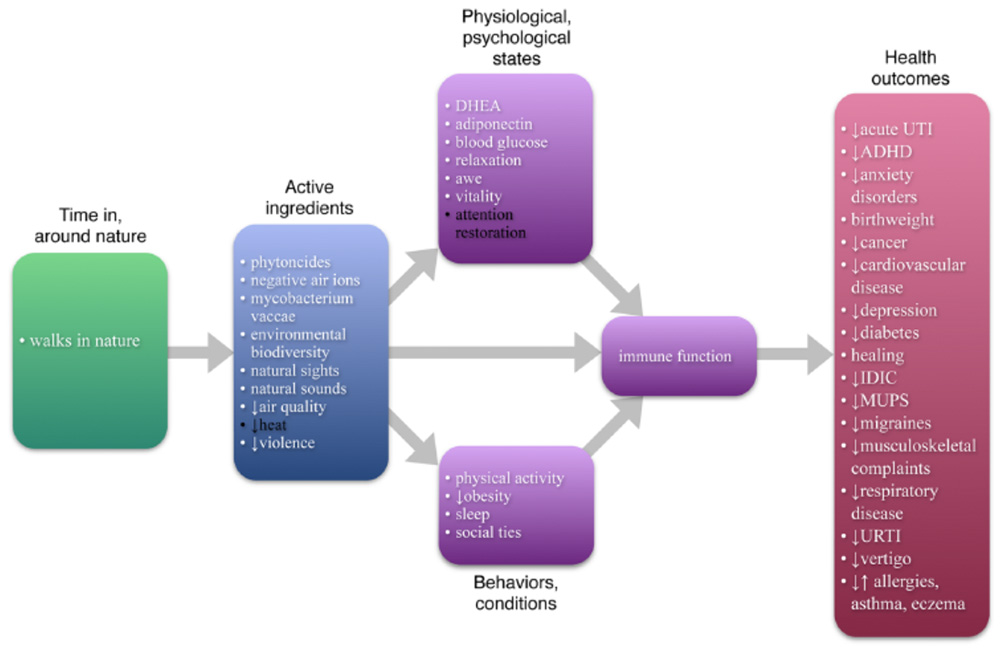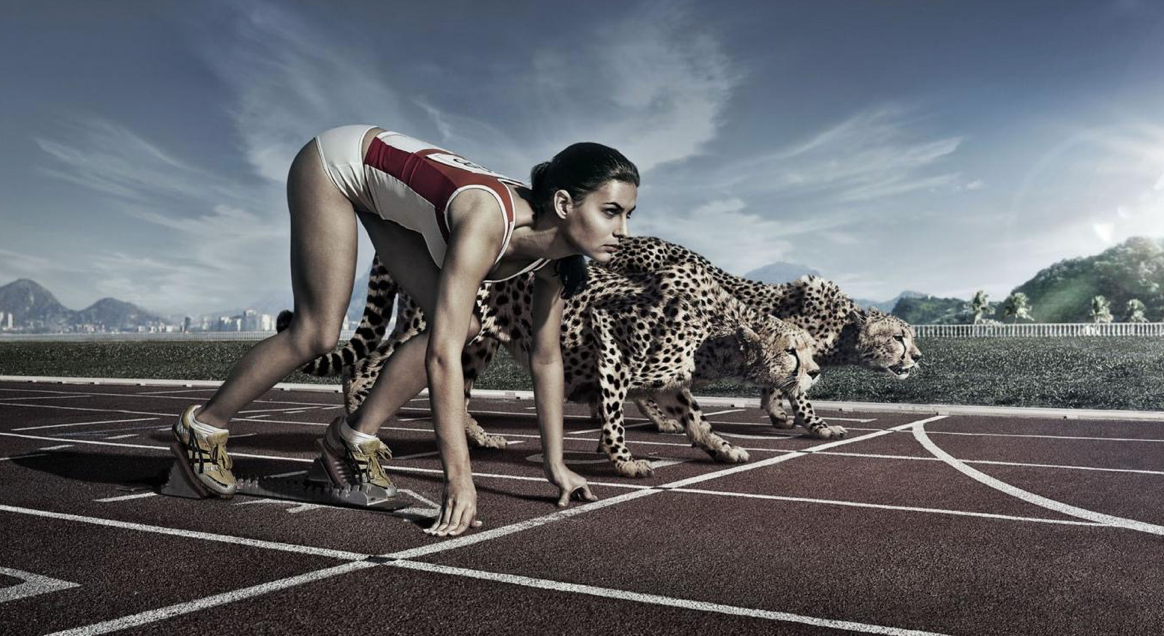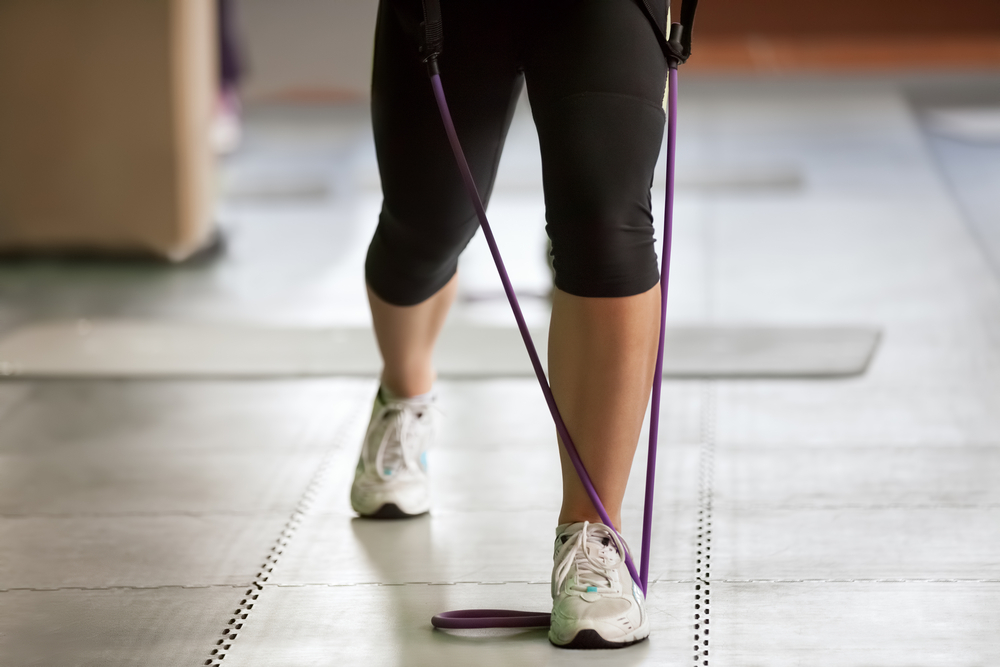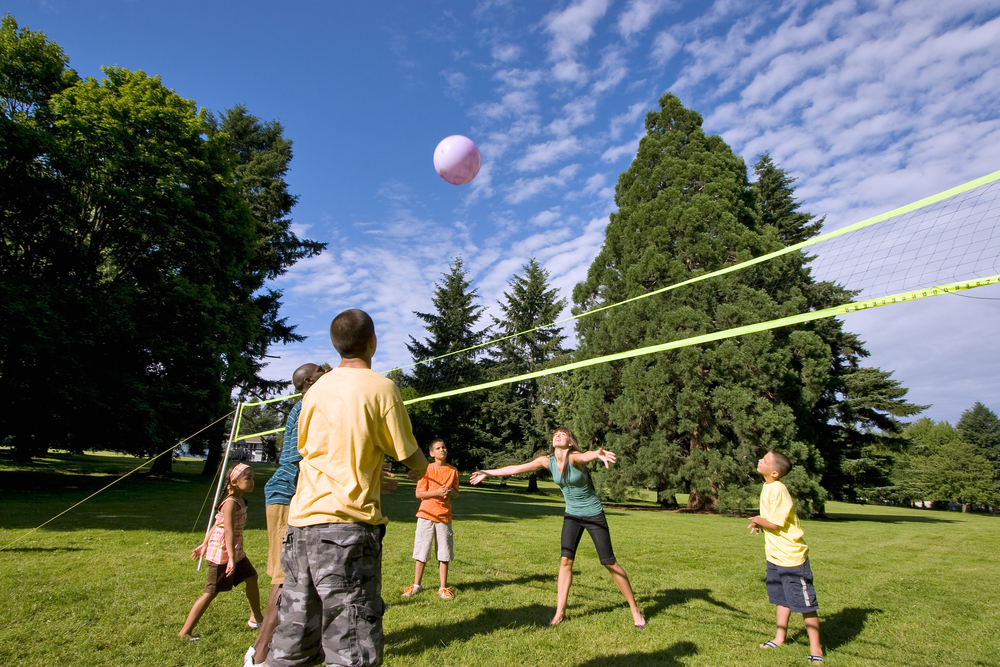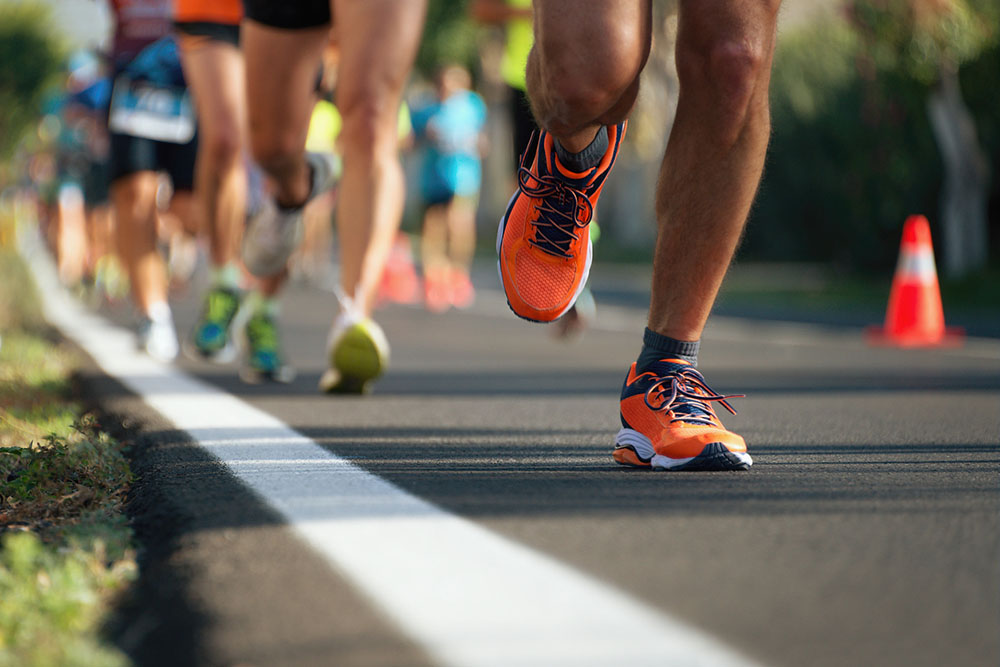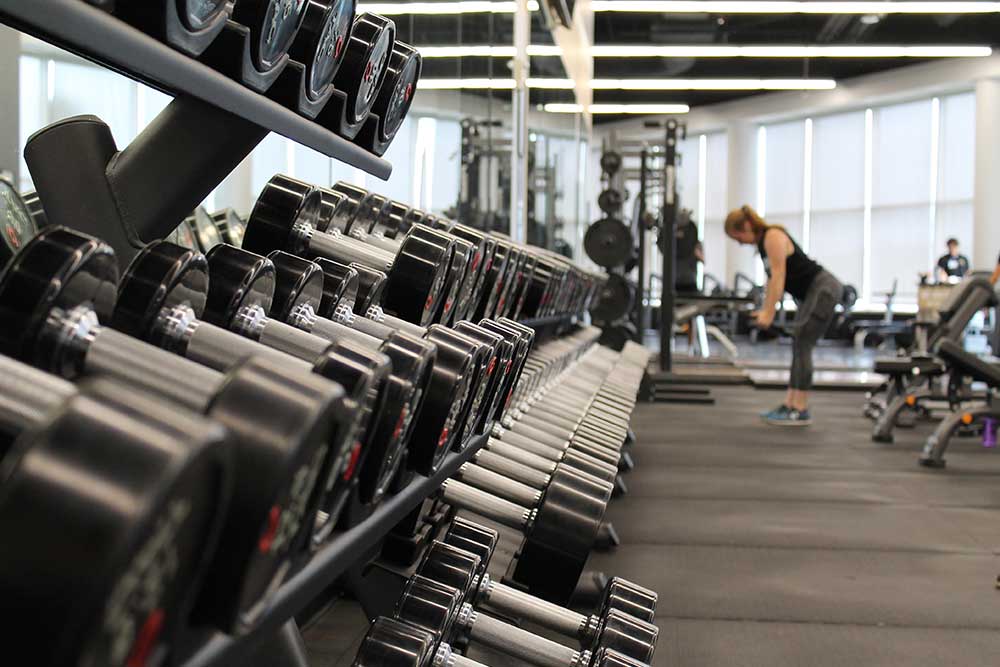Meditation and Visualization for Athletes

Over the last few years, there has been a huge increase in the use of mediation and visualization across the globe. We have recently realized that meditation can play a role in improving athletic performance.
When it is used correctly that is!
What is meditation?
So, before we dive headfirst into this article, I first wanted to outline what meditation actually is.
Much like exercise is a tool you can use to train your body, meditation is a tool you can use to train your mind. In more practical terms, it is the process of training your mind to focus and redirect your thoughts.
In this manner, meditation is often used to increase self-awareness and concentration, enhance cognition and attention, and also to reduce stress.
What are the benefits of meditation?
This is where things get super interesting. See, many people think that meditation is a little bit wishy-washy. Something that is left to Buddhist monks, outrageous hippies, and religious zealots – but nothing could be further from the truth.
See, there is a growing body of evidence clearly demonstrating that meditation offers a vast number of benefits for people from all walks of life. These include:
- Reduce stress, depression, and anxiety, lower inflammation, and improve sleep (Goyal, 2014)
- Improve memory, cognitive function, attention, and focus (Innes, 2017)
- Lower pain levels (Zeidan, 2016)
- Enhance immune system function (Black, 2016)
- Reduce blood pressure and improve cardiovascular health (Levine, 2016)
Talk about bang for your buck.
What are sports meditation and sports visualization?
So, you know what meditation is – but what is sports mediation? And what about sports visualization?
In short, sports meditation is very much the same as normal meditation, but it used with the intent to improve sports performance. See, by implementing meditation on the regular, athletes have the potential to improve focus, and improve their ability to get into what is known as the flow state (Chen, 2019).
What in the world is the flow state?
Well, the flow state is a psychological state of mind where you are fully engaged in the task at hand. When you are in flow state you will experience total concentration, relaxation, confidence, a present-centered focus, extraordinary awareness, a feeling of being in complete control, and detachment from distractions.
Really, is it no wonder that this holds importance for athletes?
Now, what about sports visualization?
Visualization is a training technique that involves mental imagery and rehearsal. In short, is has you mentally performing sport-specific tasks over and over again as a means of improving your ability to perform those tasks during competition.
Incredibly, mental imagery and visualization have been shown to improve sports performance, even if you don’t actually perform the skill in a physical sense (Peluso, 2005).
The benefits of sports meditation and visualization
Looking at the above section, it should come as no surprise as to why sports meditation and sports visualization is beneficial for athletes.
In the short term, they both can improve your performance during competition. This is accomplished by enhancing concentration, providing better access to the flow state, and by increasing your ability to complete sport-specific skills.
This means that implementing visualization before a competition, and meditation before competition, can both have huge implications for your athletic sports performance.
Moreover, given the fact that mediation can lower inflammation, it is also thought to have a positive impact on your ability to recover after training, and after a competition. This means that it may allow you to get better quality training sessions in, which can further improve your performance over time.
Do you need a sports physiologist to reap the benefits of meditation?
For some reason, people seem to think that meditation is an extremely complex skill that can only be taught by high-level sports physiologists – but again, this is not the case at all. In fact, meditation can be accessed by absolutely anyone who has the desire to do so.
Everyday things you can do on your own for sports meditation
Taking the above into consideration, I wanted to outline some of the things you can do on your own to start a successful meditation practice.
First and foremost, I would encourage you to download a meditation app that will teach you how to meditate. Some of my favorite meditation apps include:
Each of these apps offers a great option in their own right. They can all teach you how to meditate, while also offering several different meditation options. This means that you can easily find a style of meditation that works for you.
The second tip I have revolves around your mindset. You actually need to start applying mediation with the belief that it will work. While being skeptical can have its benefits, mediation can only change your mind and your health if you believe that it has the power to do so.
So, don’t just try it – make sure that you use it with intent.
Finally, my last tip revolves around routine. To put it simply, you want to make your mediation a constant practice. This means making sure that you take the time to meditate every single day.
It is through this consistency that you will start to see true change!
Before competition meditation tips
I mentioned above that using both meditation and visualization before a competition can have some huge implications for your sports performance. I wanted to finish the article by giving you some practical tips that you can use before competing.
You might also like: The Elevation Training Mask – A Competitive Advantage
Before competition sports meditation tips
If you want to try and meditate before competition, there are a few things that I recommend:
- Use your meditation practice for the 20-30 minutes immediately before your warmup.
- Make sure that you use the same meditation method you do every day. This familiarity will allow the greatest outcome.
- After you finish your meditation, try and acknowledge the start of mind that you have created. You want to hang onto this feeling throughout the entirety of your competition.
Before competition sports visualization tips
Now, when it comes to visualization, there is merit in implementing it a little bit differently to mediation:
- Try and use visualization the night before competition. There is some reason to believe that heavy visualization can cause mental fatigue, which you do not want during a game.
- Focus on sport-specific tips that are very likely to come up in competition.
- Try and imagine yourself completing those skills that have a heavy technical component with near-perfect accuracy.
- While visualizing your skills, make sure you also picture how they feel.
Take-home message
It might be hard to believe, but both mediation and visualization could offer the key to unlocking your true athletic potential. And with a growing body of research clearly demonstrating that they can enhance performance, lower stress, and improve mental state, there is no wonder why.
Using the tips outlined in this article you can start using meditation and visualization to take your performance to the next level.
References
Goyal, Madhav, et al. “Meditation programs for psychological stress and well-being: a systematic review and meta-analysis.” JAMA internal medicine 174.3 (2014): 357-368.
Innes, Kim E., et al. “Meditation and music improve memory and cognitive function in adults with subjective cognitive decline: a pilot randomized controlled trial.” Journal of Alzheimer’s disease 56.3 (2017): 899-916.
Zeidan, Fadel, and David Vago. “Mindfulness meditation–based pain relief: a mechanistic account.” Annals of the New York Academy of Sciences 1373.1 (2016): 114.
Black, David S., and George M. Slavich. “Mindfulness meditation and the immune system: a systematic review of randomized controlled trials.” Annals of the New York Academy of Sciences 1373.1 (2016): 13.
Levine, Glenn N., et al. “Meditation and cardiovascular risk reduction: a scientific statement from the American Heart Association.” Journal of the American Heart Association 6.10 (2017): e002218.
Chen, Jian-Hong, et al. “Mindfulness training enhances flow state and mental health among baseball players in Taiwan.” Psychology research and behavior management 12 (2019): 15.
Peluso, Eugenio A., et al. “A comparison of mental strategies during athletic skills performance.” Journal of sports science & medicine 4.4 (2005): 543.
You Might Like

